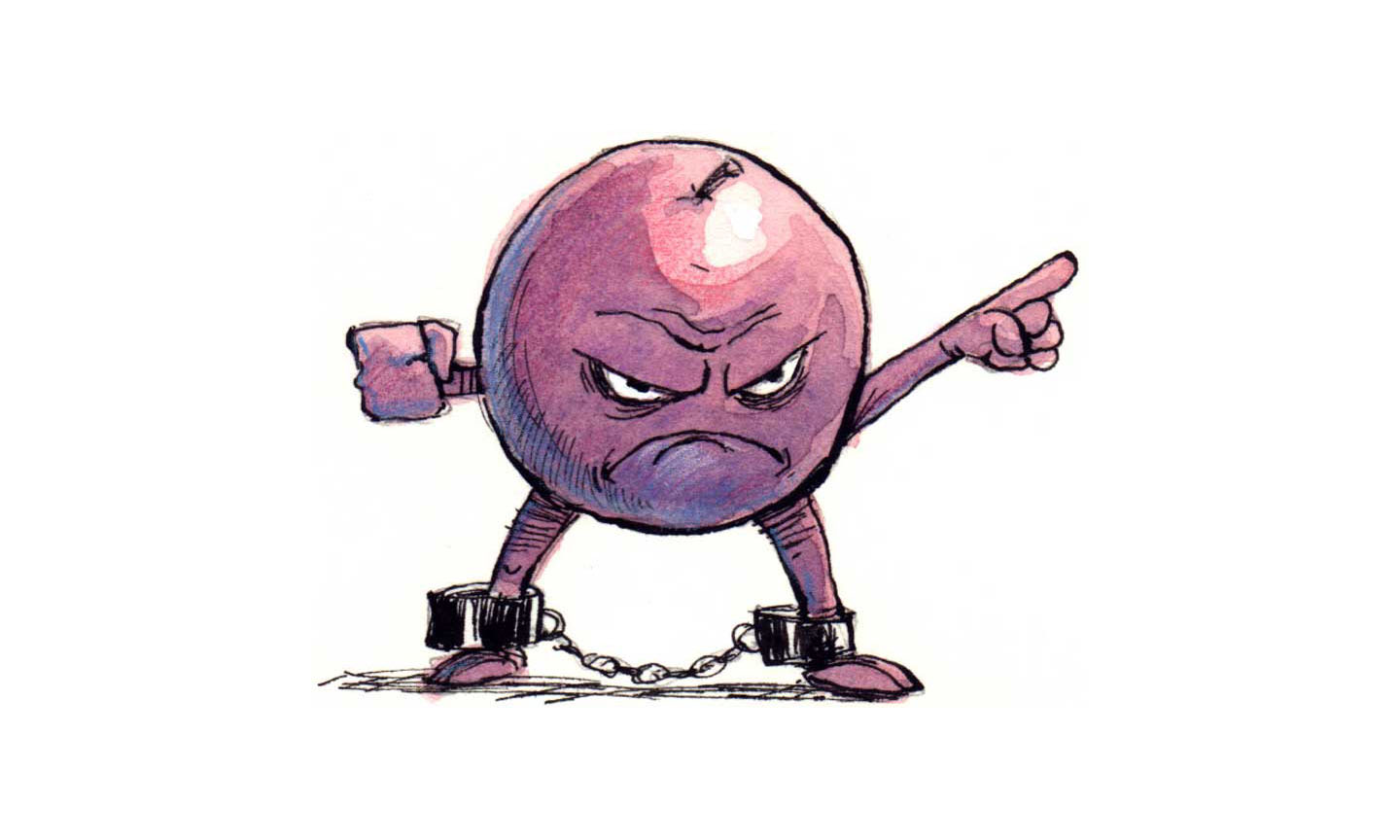While Indiana is one of 44 states that allow legal direct to consumer shipments from wineries, the Hoosier State stands out from the other 43 states in one big way: Indiana is the only state that prohibits wineries from carrying both a legal direct shipping license and a relationship with a wholesaler. According to Free the Grapes, “a national movement of consumers, wineries and retailers seeking to expand consumer choice in wine with legal, regulated direct shipments,” the wholesaler-winery relationship is an important one as it is the only way a winery can sell their wines to Indiana’s restaurants and liquor stores. Presented with an “either/or” dilemma, wineries must elect to either sell their wines through wholesalers or directly to consumers, but not both. “Regardless of how a winery chooses to sell their wine in the state, in the end, it is Indiana’s wine lovers who are the ultimate losers,” says the organization. “As compared to the 43 other states that allow direct to consumer wine shipments, Indiana’s consumers continue to be denied a wide choice in wines to purchase because of this ‘winery lockout’ that is unique to the state.”
Indiana also has the fewest number of direct winery licensees of any state that permits direct wine shipping, with 330 licenses. Other states with comparable adult population size to Indiana’s have issued far more direct shipping licenses. Massachusetts has 1,135. Missouri has 1,196 and Maryland has 900. In fact, the state with the smallest adult population, Wyoming, has 810 direct shipper licensees.
“Every other direct shipping state provides their consumers with a greater selection of wines of their choosing while simultaneously benefiting from the additional tax and license fee revenues from these shipments,” says Free the Grapes.
“The fix is simple,” said Jeremy Benson, executive director of Free the Grapes. “Requiring wineries to choose between broad representation with a wholesaler or direct to consumer shipments is an arbitrary rule with no public policy benefit. It is protectionism; pure and simple. Simply put, repealing this law allows more consumer choice.”
Direct to consumer wine sales fill in the gaps where the three tier system does not adequately meet consumer demand for wine, says the organization. There are almost 10,000 U.S. wineries producing at least 80,000 individual labels annually, all vying for the attention of a shrinking number of wholesalers due to consolidation; the top two wholesalers control approximately 60 percent of all US wine and spirits sales.
“Ninety-eight percent of wine is sold through wholesale channels, an effective and efficient system to distribute wines at volume,” says Free the Grapes. “In fact, it is a system that works well for large volume producers. However, wholesalers are simply unable to carry every wine that consumers want, given the enormous growth in the wine industry.”
The organization is asking Indiana consumers to visit its website to personalize a letter which is automatically sent to their legislators.
Keep reading:
Report: Kroger Spending $20M To Renovate Seven Former Marsh Stores
7-Eleven Adds New Brand, Products To Private Label Wine Selection

